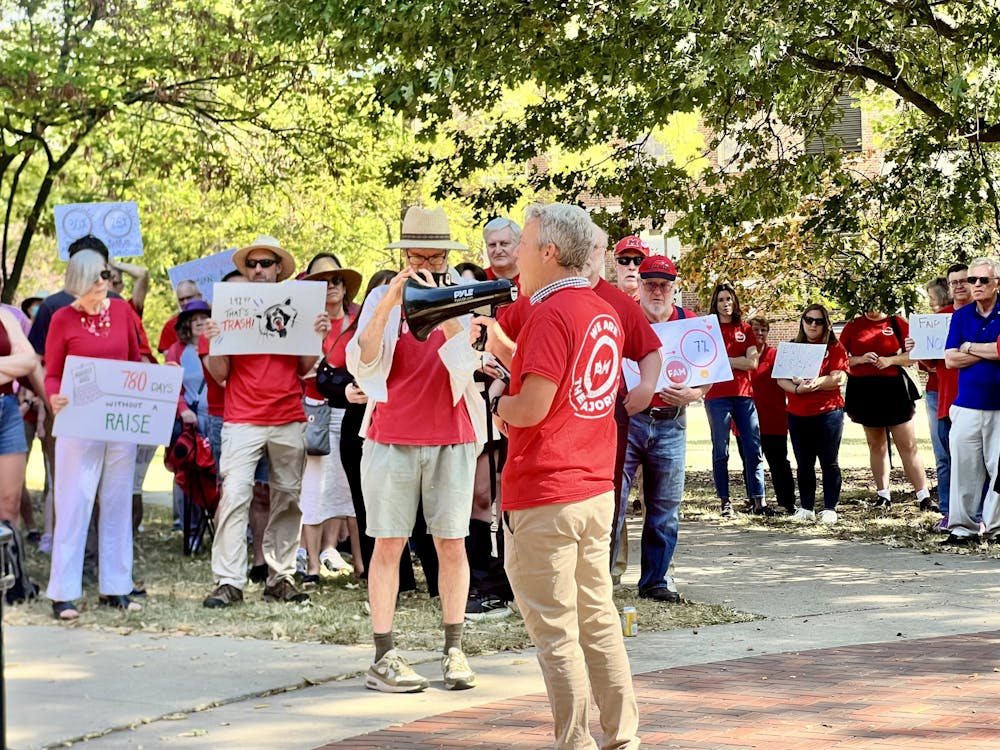In every classroom and every residence hall room on campus, there's a little plastic box screwed to the wall, theoretically letting you adjust the temperature to anywhere between 90 and 55 degrees. Try as you might, though, you'll never get that temperature to go below 70 degrees in the summer, or 74 degrees in the winter.
"Humans often feel as if they have control over situations, even when they don't," Miami University psychology professor Kurt Hugenberg said. "Building designers often take advantage of this illusion of control by adding bogus thermostats to buildings, that look and act as thermostats often do, but don't actually control the temperature."
It's a psychologically sound principle, rooted in the belief that this idea of control over the environment will stop individuals complaining that their dorm or classroom is too hot or too cold.
"By allowing us to fiddle with buttons and knobs, it makes the pre-set temperature more pleasant," Hugenberg said.
In most big buildings, the dynamics of heating and cooling are too complex to be left to individuals and their tastes. A teacher who prefers a chilly classroom, for example, would frost over their neighbors' rooms, or one who feels homesick for Florida might turn the place into a sauna.
The energy department has set all classrooms at 72 degrees, about room temperature. There are not many people who could possibly complain about that, said Doug Hammerle, director of energy systems for the university.
ASHRAE (The American Society of Heating, Refrigeration and Air-Conditioning Engineers) has stated that 98 percent of people are comfortable at 72 degrees.
Individuals can adjust classroom thermostats all they want, but the room will stay at 72.
In the dorms, things are more nuanced.
"Every dorm room has individual thermal," Hammerle said.
The thermostat does work, but during the summer it can't be set below 70 degrees or above 74 degrees in the winter.
The reason: university standards and energy savings.
Enjoy what you're reading?
Signup for our newsletter
It's not cost-effective to allow someone to chill their dorm room to 50 degrees in the summer or 80 during the winter, for example. However, many students are under the impression that they can.
In fact, in most larger buildings, real thermostats are secured under lock and key, not mounted on walls where anyone can adjust them.
"I find it weird that people need to feel control over their environment," said first-year Cain Warner, who lives in Emerson Hall. "I'd probably be okay with the temperature in my dorm even if I didn't have some control."
roachhw@miamioh.edu




